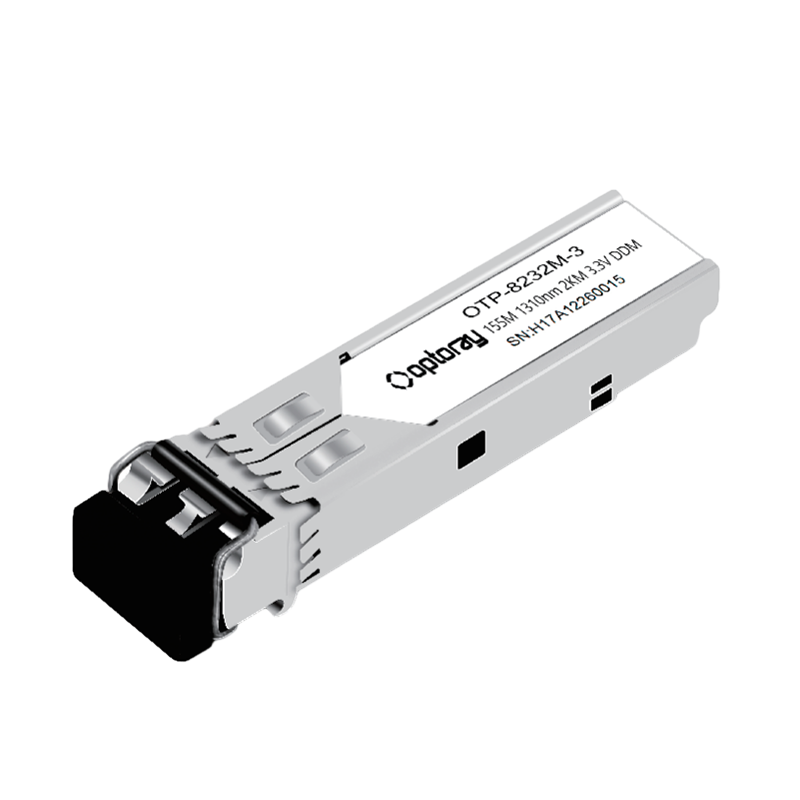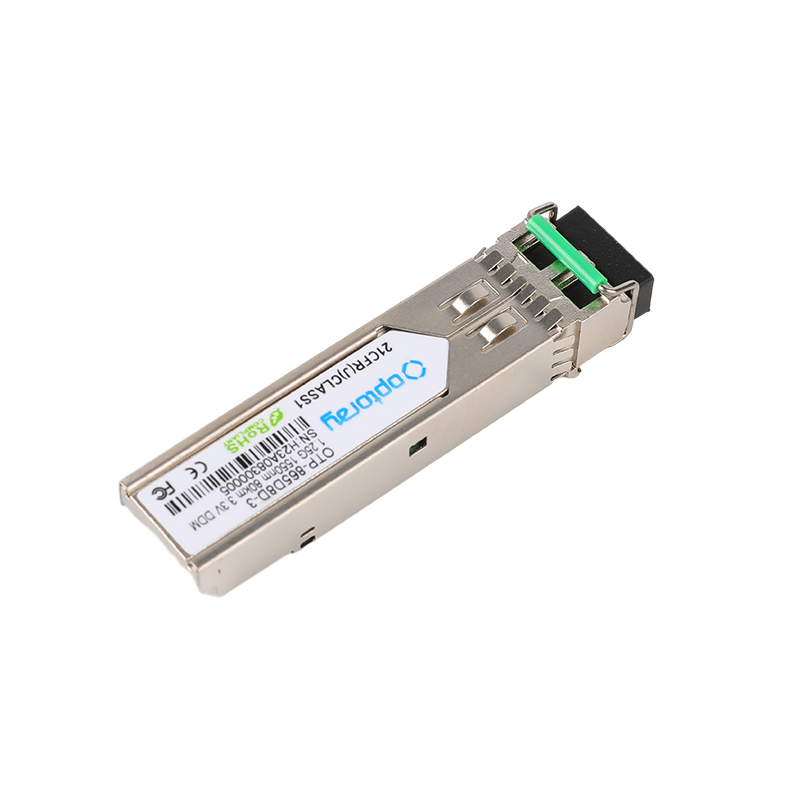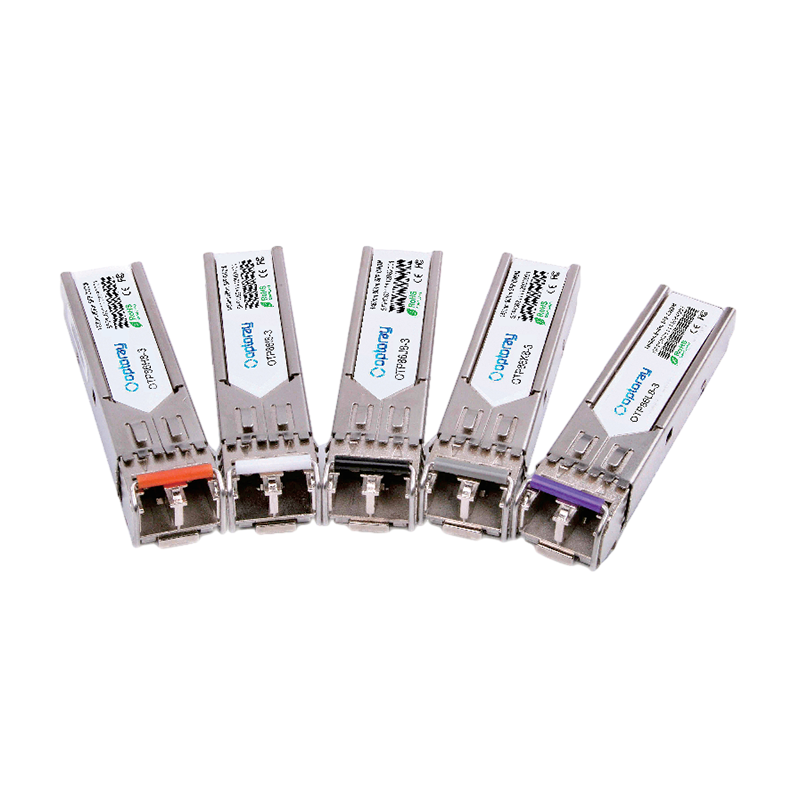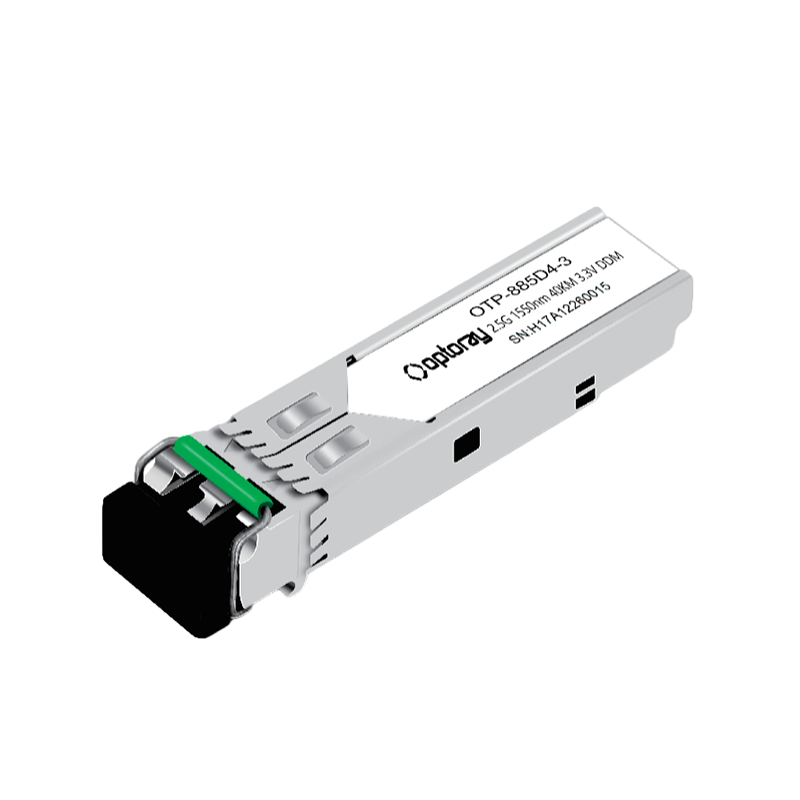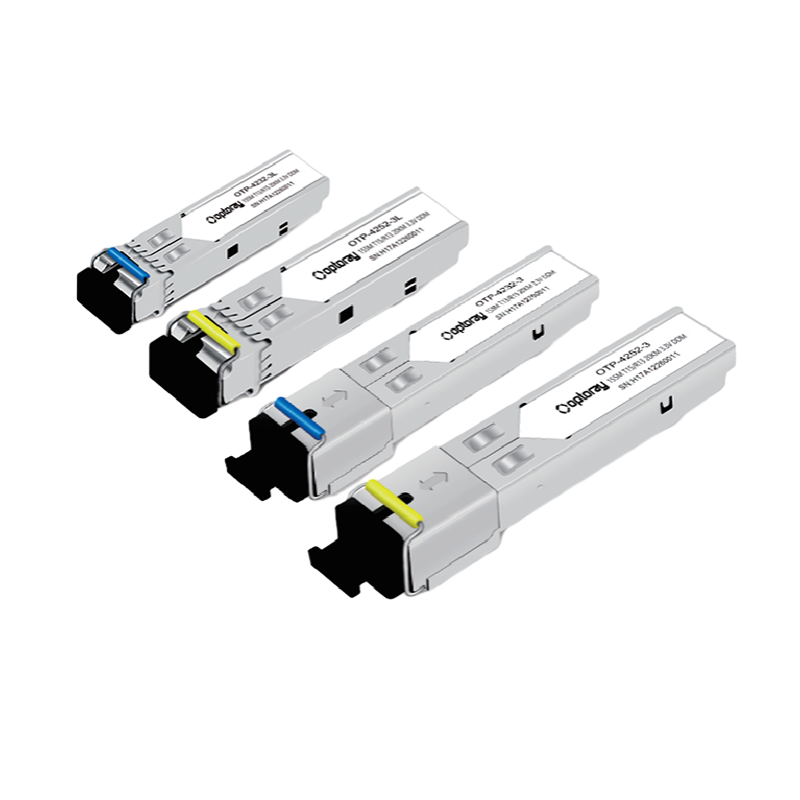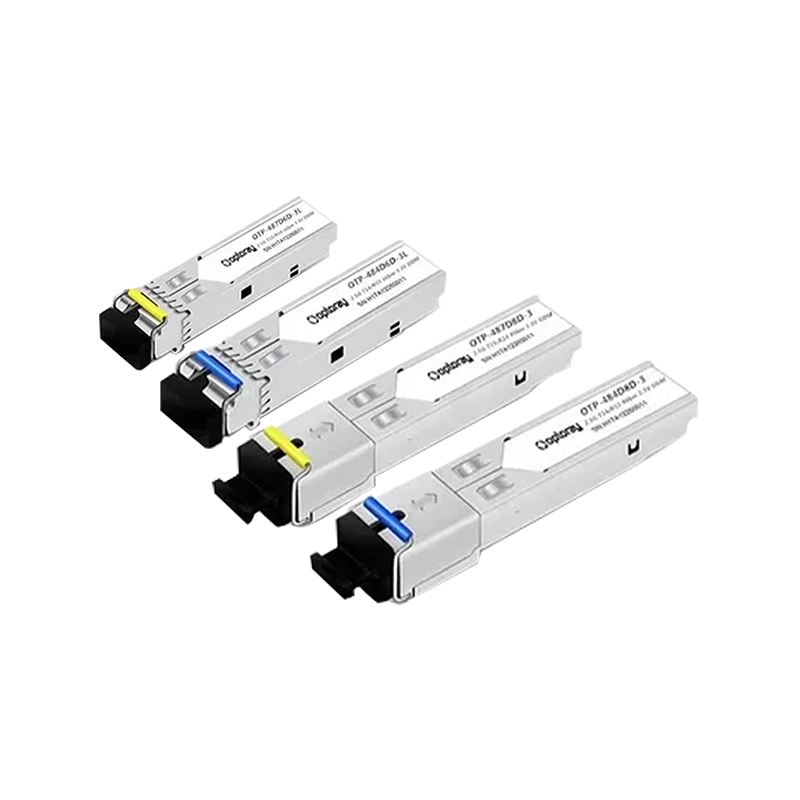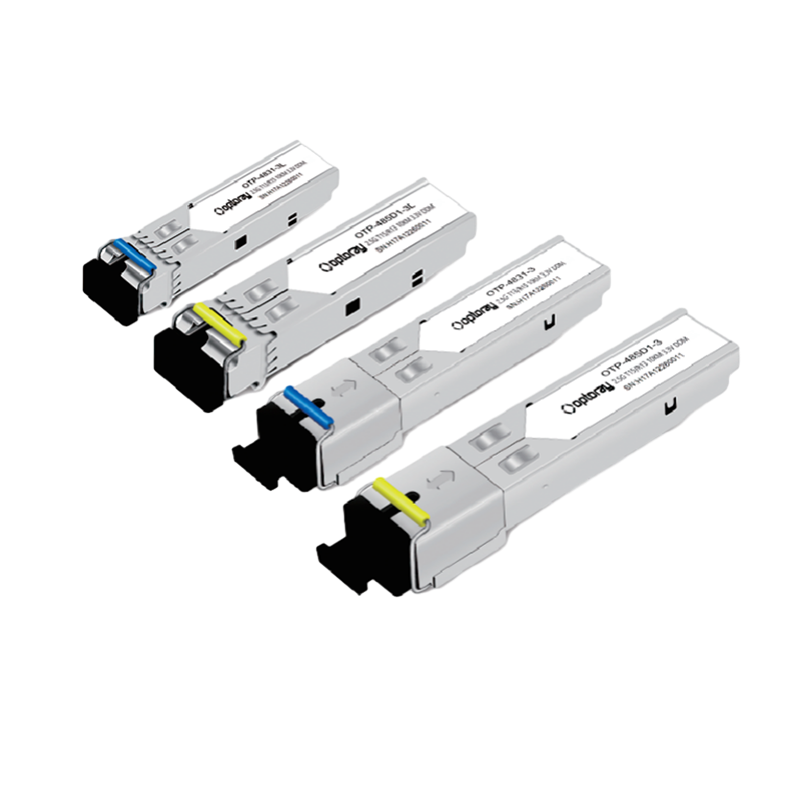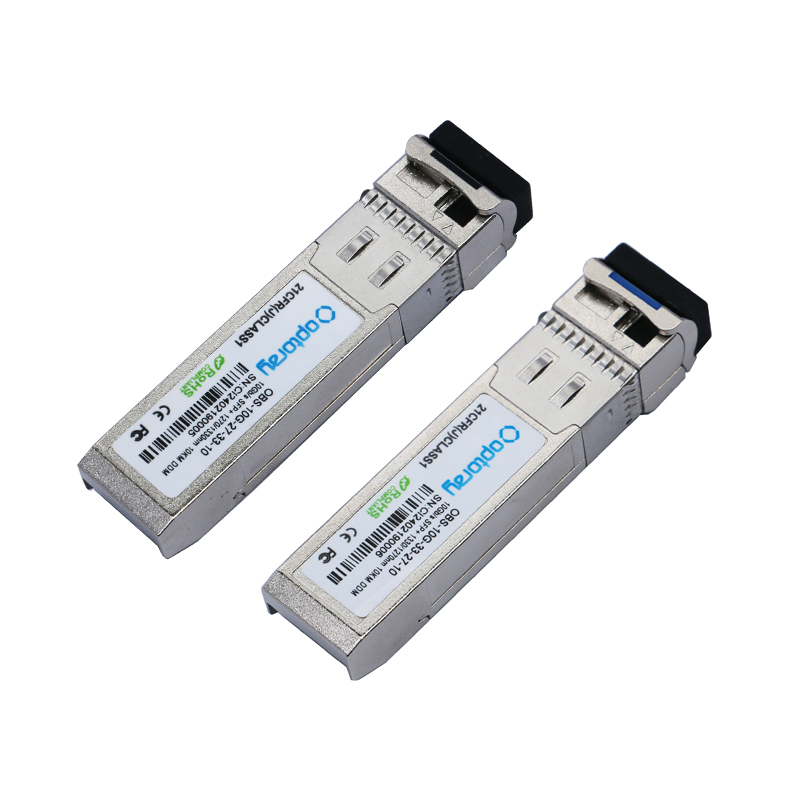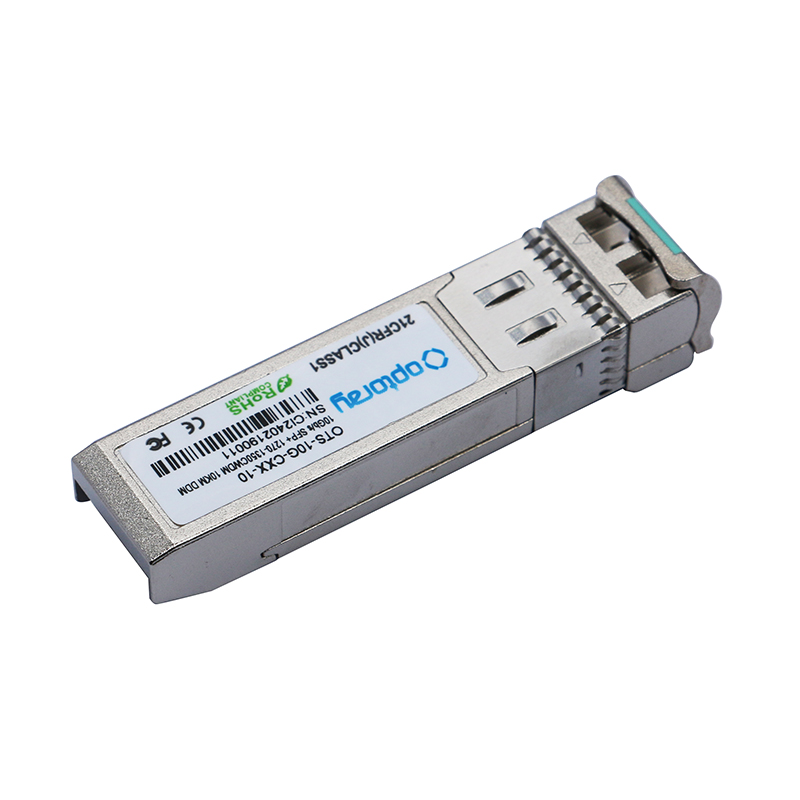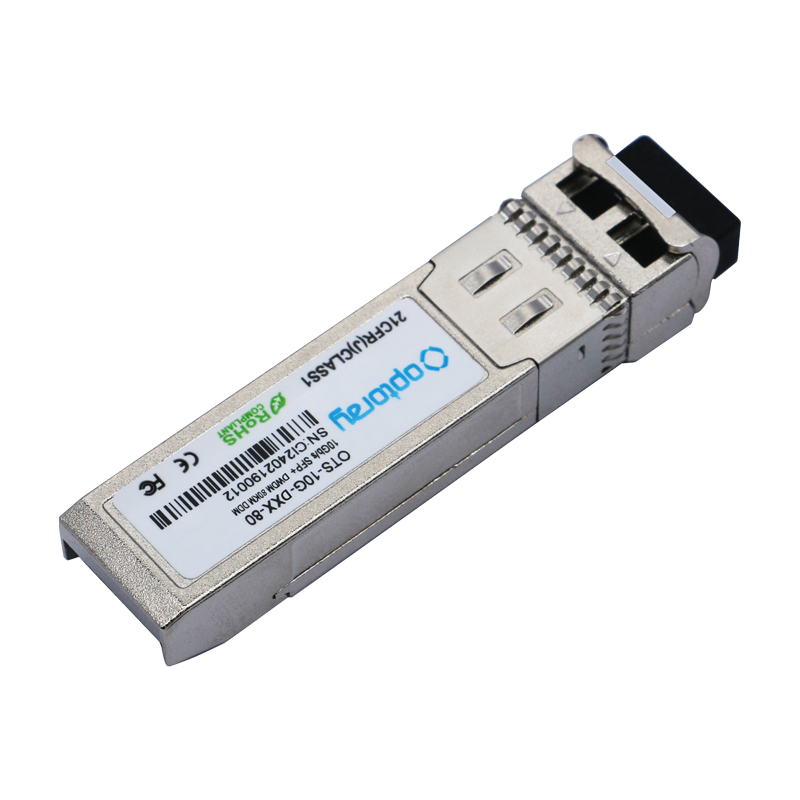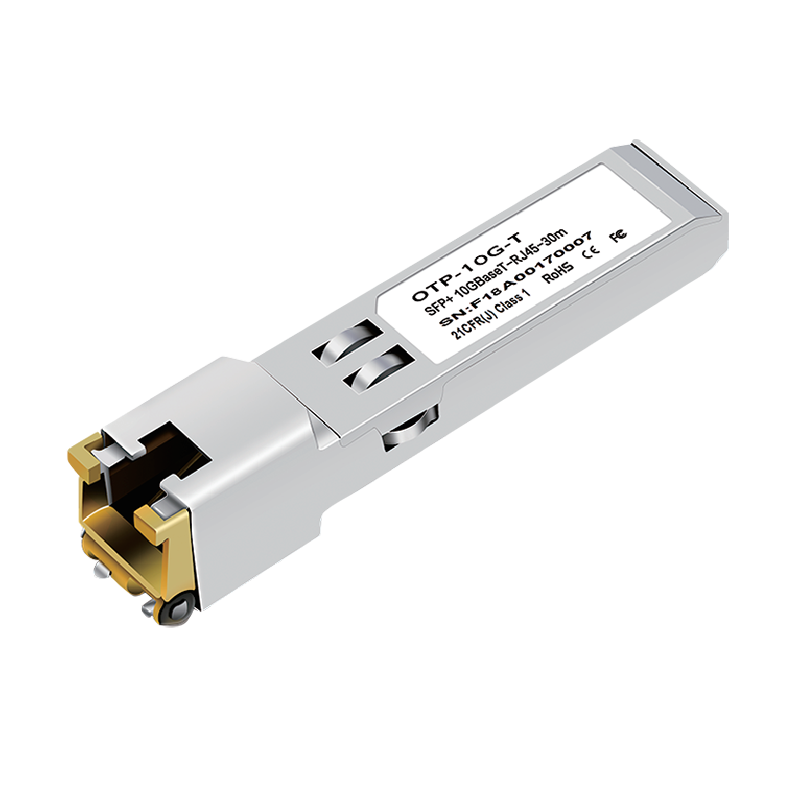+86-0559-5290604
An Analysis of the Core Value of Optical Transceivers in High-Speed Networks
Amidst the accelerating global digitalization process, the explosive growth of data traffic has placed higher demands on network infrastructure. As one of the most critical core components in optical communication systems, optical transceivers have expanded from traditional telecommunications applications to diverse scenarios such as data centers, 5G bearer networks, supercomputing clusters, and cloud computing platforms. With the advancement of technology, optical transceivers are becoming a strategically important component of high-speed interconnection, and their performance and cost directly impact the competitiveness of the entire network system.
Basic Components and Operating Principles of Optical Modules
An optical module is essentially a device that converts electrical signals into optical signals and vice versa. It typically consists of a transmitter, a receiver, and control circuitry. The transmitter uses a laser to modulate the electrical signal into an optical signal, which is then transmitted via optical fiber to the remote end. The receiver uses a detector to convert the optical signal back to an electrical signal before it is processed by back-end equipment. With technological advancements, the packaging form factors of optical modules have gradually standardized, evolving from early GBIC and XENPAK to the widely used SFP, SFP+, QSFP28, and even higher-spec QSFP-DD and OSFP. Different packaging forms offer differentiated advantages not only in speed but also in power consumption, port density, and heat dissipation.
Application Trends of Optical Modules in Data Centers
As cloud computing and artificial intelligence continue to consume bandwidth, data center network architectures are evolving into large-scale leaf-spine structures, driving a growing demand for high-speed interconnection. In this scenario, optical modules are not just a transmission tool but also a key driver of network upgrades. Traditional 10G is gradually being replaced by 25G and 100G, while 200G, 400G, and 800G optical modules are gradually maturing. Data centers' demand for optical modules is no longer simply for higher speeds; it also emphasizes low latency, low power consumption, and high reliability to meet the collaborative requirements of massive computing and storage.

The Driving Effect of the 5G Era on Optical Modules
The deployment of 5G networks has further accelerated the adoption of optical modules, particularly in fronthaul and backhaul networks, where demand is growing exponentially. 5G's high speeds and low latency require transmission links with greater bandwidth and stability, and optical modules are the perfect match for this demand. 25G, 50G, and even 100G optical modules are widely used in fronthaul networks to meet high-speed interconnection requirements between base stations and core networks. 5G has also driven the development of passive wavelength division multiplexing (WDM) technology and coherent optical modules, enabling more efficient transmission within limited fiber resources.
Evolution of Optical Module Technology
The technological evolution of optical modules is primarily focused on higher speeds, lower power consumption, and smaller size. High speed is the core driving force of the industry. 400G has become a current focus, while 800G and 1.6T are becoming research and development hotspots. Meanwhile, the application of silicon photonics technology is maturing. By integrating optical components onto silicon chips, it significantly reduces production costs and improves energy efficiency. Another area worth noting is coherent optical modules, which demonstrate strong competitiveness in long-distance and ultra-high-capacity transmission. In the future, as the demand for computing power networks and artificial intelligence computing continues to rise, optical modules will continue to evolve towards higher-end products.

Optical Module Market Development Prospects
With the continued growth of global network traffic, the optical module market is experiencing new development opportunities. The demand for network throughput in AI training clusters is rapidly expanding the market for high-end optical modules. Driven by the convergence of the consumer and industrial internets, edge computing and the Internet of Things are also creating broader demand for low-cost, low-power optical modules. In the future, optical modules will not only maintain rapid growth in traditional communications and data centers, but will also unlock potential in emerging fields such as smart cars, industrial automation, and medical imaging.
As an indispensable core component in the modern information society, optical modules have emerged from the background and become a key cornerstone of the digital economy. They not only determine network speed and stability but are also a critical component in the upgrade of data centers and 5G networks. With technological advancements and market expansion, optical modules will continue to experience rapid growth over the next decade and play an increasingly important role in the global digital transformation.



 English
English русский
русский


